
Cisco Cookbook Kevin Dooley, Ian Brown
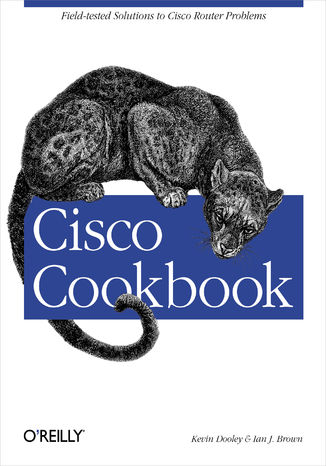

- Autorzy:
- Kevin Dooley, Ian Brown
- Wydawnictwo:
- O'Reilly Media
- Ocena:
- Stron:
- 912
- Dostępne formaty:
-
ePubMobi
 opcje wysyłki »
opcje wysyłki »
Opis
książki
:
Cisco Cookbook
While several publishers (including O'Reilly) supply excellent documentation of router features, the trick is knowing when, why, and how to use these features There are often many different ways to solve any given networking problem using Cisco devices, and some solutions are clearly more effective than others. The pressing question for a network engineer is which of the many potential solutions is the most appropriate for a particular situation. Once you have decided to use a particular feature, how should you implement it? Unfortunately, the documentation describing a particular command or feature frequently does very little to answer either of these questions.Everybody who has worked with Cisco routers for any length of time has had to ask their friends and co-workers for example router configuration files that show how to solve a common problem. A good working configuration example can often save huge amounts of time and frustration when implementing a feature that you've never used before. The Cisco Cookbook gathers hundreds of example router configurations all in one place.As the name suggests, Cisco Cookbook is organized as a series of recipes. Each recipe begins with a problem statement that describes a common situation that you might face. After each problem statement is a brief solution that shows a sample router configuration or script that you can use to resolve this particular problem. A discussion section then describes the solution, how it works, and when you should or should not use it. The chapters are organized by the feature or protocol discussed. If you are looking for information on a particular feature such as NAT, NTP or SNMP, you can turn to that chapter and find a variety of related recipes. Most chapters list basic problems first, and any unusual or complicated situations last.The Cisco Cookbook will quickly become your "go to" resource for researching and solving complex router configuration issues, saving you time and making your network more efficient. It covers:
- Router Configuration and File Management
- Router Management
- User Access and Privilege Levels
- TACACS+
- IP Routing
- RIP
- EIGRP
- OSPF
- BGP
- Frame Relay
- Queueing and Congestion
- Tunnels and VPNs
- Dial Backup
- NTP and Time
- DLSw
- Router Interfaces and Media
- Simple Network Management Protocol
- Logging
- Access Lists
- DHCP
- NAT
- Hot Standby Router Protocol
- IP Multicast
Wybrane bestsellery
O'Reilly Media - inne książki
Dzięki opcji "Druk na żądanie" do sprzedaży wracają tytuły Grupy Helion, które cieszyły sie dużym zainteresowaniem, a których nakład został wyprzedany.
Dla naszych Czytelników wydrukowaliśmy dodatkową pulę egzemplarzy w technice druku cyfrowego.
Co powinieneś wiedzieć o usłudze "Druk na żądanie":
- usługa obejmuje tylko widoczną poniżej listę tytułów, którą na bieżąco aktualizujemy;
- cena książki może być wyższa od początkowej ceny detalicznej, co jest spowodowane kosztami druku cyfrowego (wyższymi niż koszty tradycyjnego druku offsetowego). Obowiązująca cena jest zawsze podawana na stronie WWW książki;
- zawartość książki wraz z dodatkami (płyta CD, DVD) odpowiada jej pierwotnemu wydaniu i jest w pełni komplementarna;
- usługa nie obejmuje książek w kolorze.
Masz pytanie o konkretny tytuł? Napisz do nas: sklep@ebookpoint.pl
Książka drukowana


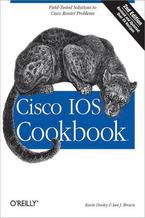

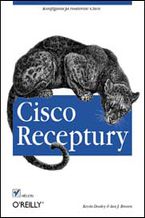
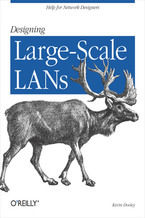

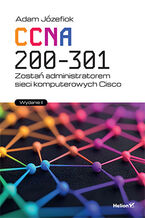






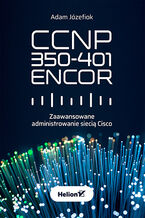
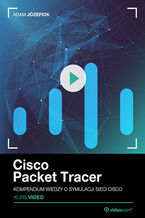






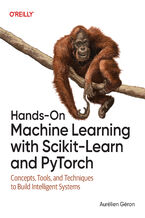
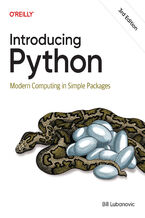
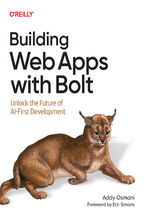
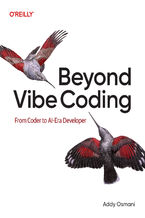
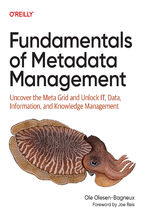

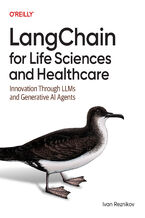
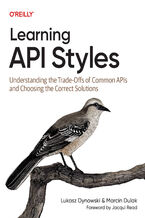
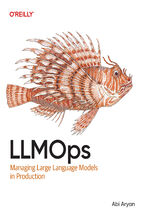
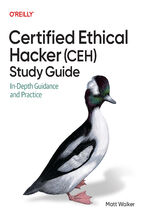
Oceny i opinie klientów: Cisco Cookbook Kevin Dooley, Ian Brown
(0)